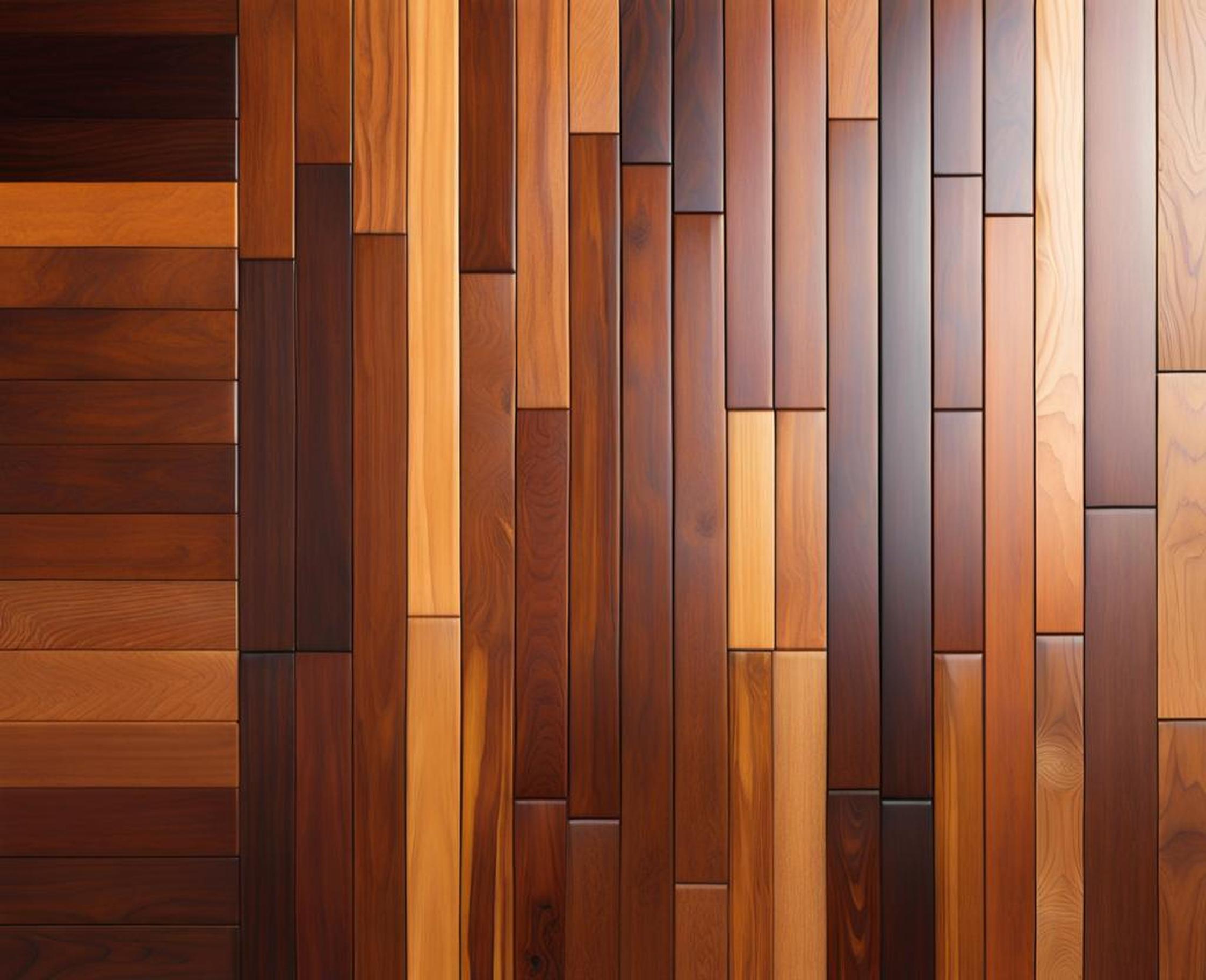The allure of using two distinct hardwood floor colors in adjoining rooms is the potential for dramatic visual contrast. Instead of blending spaces together, you can define separate zones with bold wood hues. However, transitioning between varied floors poses design considerations. Careful planning of the floor termination points, along with unifying room elements, creates a cohesive feel. With an eclectic mix of colors, grains, and stains, you interject vibrant texture into your home.
Factors To Consider With Adjoining Spaces
When contemplating contrasting hardwoods in neighboring rooms, contemplate how the spaces connect. Assess architectural factors like open walls versus doorways and the room proportions. Visualize furniture arrangement, foot traffic patterns, and how the floor colors will intersect based on use. This forms the foundation for transition decisions.
Room Size And Dimensions
In a small room, bold floors could overwhelm. Conversely, expansive rooms allow colorful woods to shine. Evaluate the floor plan to determine if drama complements each space. For large great rooms, define separate sitting and dining zones with the flooring. In a narrow hallway or powder room, neutral planks create harmony next to a vibrant main room.
Architectural Elements
Wall placement influences how you view the floors from various vantage points. In open concept homes, your sightline extends across multiple rooms, putting contrast on full display. Consider terminating colors at doorways or strategic furnishings to section rooms. Also, factor in light sources when selecting stain shades.
Hardwood Flooring Color Options
From pale natural oak to nearly black walnut, the spectrum of wood stain colors is vast. Even within the same species, differing grain patterns and grades impact the end hue. Test color pairings on floor samples during the planning phase. Here are some top species for stain versatility:
Oak Species
Oak is a popular hardwood with two main categories – red and white. Red oak has a prominent grain while white oak has a subdued, more consistent pattern. Either species takes stain well from light to dark. This adaptability works for contrasting neighboring planks.

Exotic Species
Imported woods like Brazilian cherry, acacia, and tigerwood offer texture along with rich color options from orangey-red to dark chocolate browns. These exotics pair nicely with domestic maple or oak for distinct rooms.
Domestic Species
For a lighter/darker combo using all American woods, choose between maple, oak, hickory or walnut. Maple is prized for its clean white tones while walnut is inherently darker. Visual interest comes from alternating light and dark pieces.
Transition Techniques
Strategically beginning and ending contrasting floors helps them fit together cohesively. Blend colors in thresholds or under furnishings located between rooms. Repeating visual motifs via borders stitches spaces in harmony. Final termination points keep eyes drawn inward versus abruptly ending.
Borders And Thresholds
A border edge of the opposite plank color along the room perimeter or at doorways seamlessly joins rooms. For example, add a red oak outline inside mainly white oak floors or vice versa. Threshold strips also integrate spaces, utilizing wood, metal or stone for small color/texture shifts.
Transition Strips
Use slender hardwood strips where floor colors meet, intermixing tones. Combine lighter and darker pieces of oak or maples for a mosaic look. Or introduce contrasting grain patterns like hickory among maple planks. This maintains the varied hues while visually blending.
Emphasizing The Contrast
If you want to celebrate the distinctions between rooms versus camouflaging differences, use coordinating decor to accentuate. Echo floor colors in artwork hung nearby or position furnishings to align with the respective wood colors. Staining baseboards, railings and doors intensifies the effect.
Eclectic Furniture Mixes
Go bold with mismatched furnishings aligned with each hue. Place minimalist raw wood and steel pieces atop brown walnut whereas white oak grounds colorful, modern lounge chairs. Use flooring inspiration when shopping flea markets or auctions hunting statement pieces.
Unifying The Differences
For cohesive warmth throughout,Weathered oak offers muted grays blended with cream and charcoal tones. Its timeworn patina resembles reclaimed boards. Soft yellow maple establishes cheerful adjoining rooms. Green-hued black walnut delights alongside vivacious hickory or acacia.
Repeated Decorative Elements
Echo the same lamp styles or accent rug colors in different rooms unified by complementary oak tones. Try cream window treatments and furniture upholstery against contrasting maple and hickory planks. Repetition breeds visual harmony across dark walnut and light oak spaces.
While defaulting to consistent floor colors throughout is common, there is artistic freedom in integrating multiple wood species. Contrast enlivens presumed uniformity. Flow between rooms interjects whimsy when floors shift dramatically underfoot. Mindfully delineating where one hue ends and another begins crafts personality-filled dwellings celebrating wood’s nuances.
